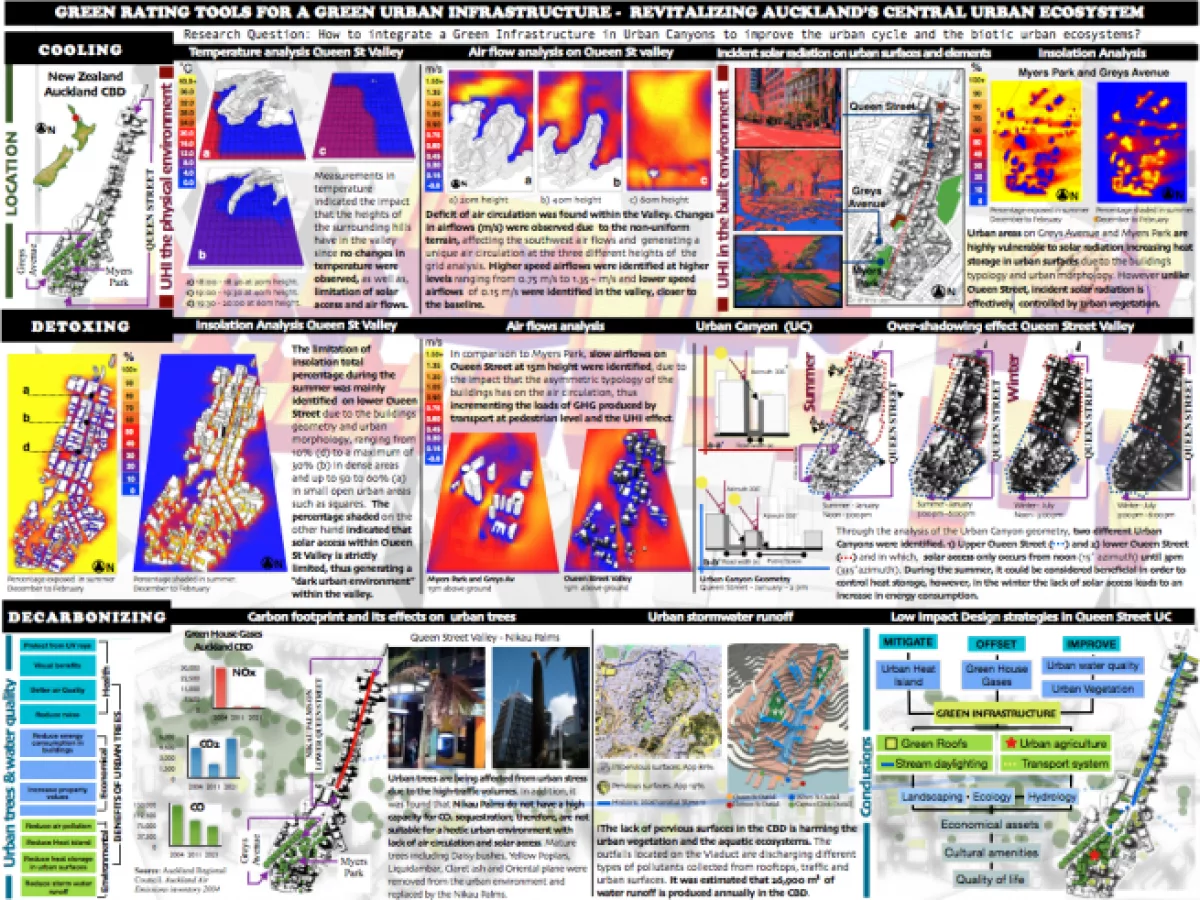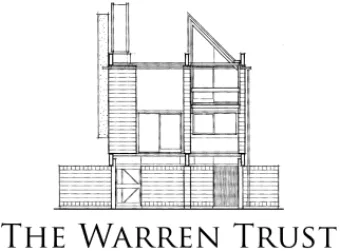Auckland - New Zealand
Email them

Graduated Architect originally from Colombia. Four years ago I took the opportunity to emigrate to New Zealand to study English and to pursue a Masters Degree in Sustainable Architecture and Design at the University of Auckland.
Having completed my studies in Architecture I am now seeking new opportunities related to my career. I am actively looking for entry level positions or graduate positions that will give me the opportunity to, once again, enjoy and practice what I like the most, Architecture.
Having completed my studies in Architecture I am now seeking new opportunities related to my career. I am actively looking for entry level positions or graduate positions that will give me the opportunity to, once again, enjoy and practice what I like the most, Architecture.
Showcase
Green Rating Tools for a Green Urban Infrastructure
In a highly urbanized world, climate change, global warming and peak oil are some of the greatest challenges we face.
The built form of cities, their infrastructure and transport systems contribute to these problems by anthropogenic heat gains and Carbon dioxide production. These, combined with the impermeability of urban surfaces, leads to warmer cities that lead to a greater use of air-conditioning and the greater use of energy.
To reduce the impact of this, organisations such as the Green Building Council, have focussed on individual buildings and produced a ‘rating system’ to measure their ‘sustainability’. However, there is no rating system for the areas outside buildings; streets, squares and other public areas.
The purpose of this research is to produce a method by which urban areas can be ‘rated’ for their ‘green’ credentials by accounting for such things as urban ecology and the Urban Heat Island Effect. Such a rating tool could be used by Planners and urban designers to assess the merits of proposed new developments against benchmarks.
The built form of cities, their infrastructure and transport systems contribute to these problems by anthropogenic heat gains and Carbon dioxide production. These, combined with the impermeability of urban surfaces, leads to warmer cities that lead to a greater use of air-conditioning and the greater use of energy.
To reduce the impact of this, organisations such as the Green Building Council, have focussed on individual buildings and produced a ‘rating system’ to measure their ‘sustainability’. However, there is no rating system for the areas outside buildings; streets, squares and other public areas.
The purpose of this research is to produce a method by which urban areas can be ‘rated’ for their ‘green’ credentials by accounting for such things as urban ecology and the Urban Heat Island Effect. Such a rating tool could be used by Planners and urban designers to assess the merits of proposed new developments against benchmarks.
Year of Completition
2011
Type
Research Thesis













